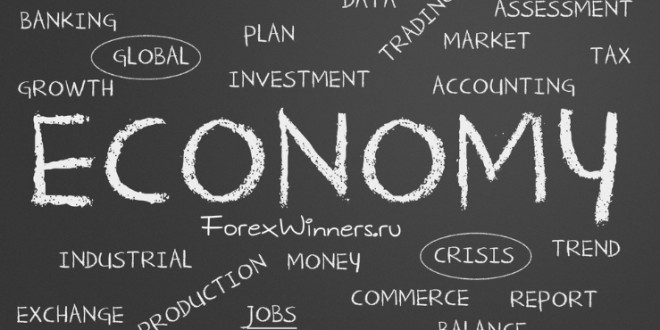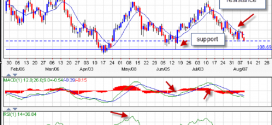Fundamental Analysis for Forex beginners
Every time you hear someone talking about analyzing the Forex market they usually tout Technical and Fundamental Analysis. They talk about the need to use both in your analysis and then do very little to tell you how to do this. And while most traders are familiar with Technical Analysis it is hard to pin down exactly what Fundamental Analysis consists of, particularly for the forex market. Most traders are left with questions like… “I don’t get it… Is there a PE ratio of Japan??” Well, sort of. Fundamental Analysis differs for the Forex market just a bit but the same basic principles apply.
Fundamental analysis for the Forex market examines the macroeconomic indicators, asset markets and political considerations of one nation’s currency as opposed to another. Macroeconomic indicators include things such as growth rates (Gross Domestic Product), interest rates, inflation, unemployment, money supply, foreign exchange reserves and productivity. Other macroeconomic indicators include the CPI – a measurement of the cost of living, and the PPI – a measurement of the cost of producing goods. Asset markets are made up of stocks, bonds and real estate. Political considerations influence the level of confidence in a nation’s government, the climate of stability and level of certainty.
There is a basic rule of thumb that says a currency can become more valuable in two main ways: when the amount of currency available in the world market place is reduced (for example, when the US Fed increases the interest rates and causes a reduction in spending), or when there is an increase in the demand for that particular currency. But there are also many little influences that can nudge the currencies value enough for the retail forex trader to make (or lose) a substantial amount.
Let’s take a moment to examine some of the Fundamental information that has the potential to move the forex market.
Getting a birds-eye view :
If you want a solid view of the economy driving the currency pair you are trading it is helpful to get a good overview of the currency you are looking to trade. One way to perform a more complete fundamental breakdown of a currency pair it is useful to compile the following information:

By filling out this form will help you to examine the health of your chosen currency pairs.
Checking out the Macros
An interesting number watch when you are checking out the macroeconomics of a country is the interest rate. Be careful not to jump to any premature decisions however, interest rates work like a split-personality and can have both a strengthening and a weakening effect on your currency. On the negative side, investors will often sell off their holdings as interest rates increase because they believe that higher borrowing costs will adversely affect stock rates. This can cause a downturn in the stock market as well as in the national economy. However, high interest rates tend to attract foreign investments which strengthen the local currency.
Another thing to keep your eye on is the International Trade Balance. A trade balance which shows a deficit (more imports than exports) is usually a bad sign. Deficits mean that money is flowing out of the country to purchase foreign made goods and this can have a devaluing effect on the currency.
It is important to remember that the market will generally dictate whether a trade deficit is bad news or not. If the country routinely operates with a deficit it has probably already been factored into the currency price. Trade deficits will generally only affect a currency when they are reported higher than the market consensus.
 Forex Winners | Free Download Downlod free trading sysrems , indicators and forex E-books
Forex Winners | Free Download Downlod free trading sysrems , indicators and forex E-books

